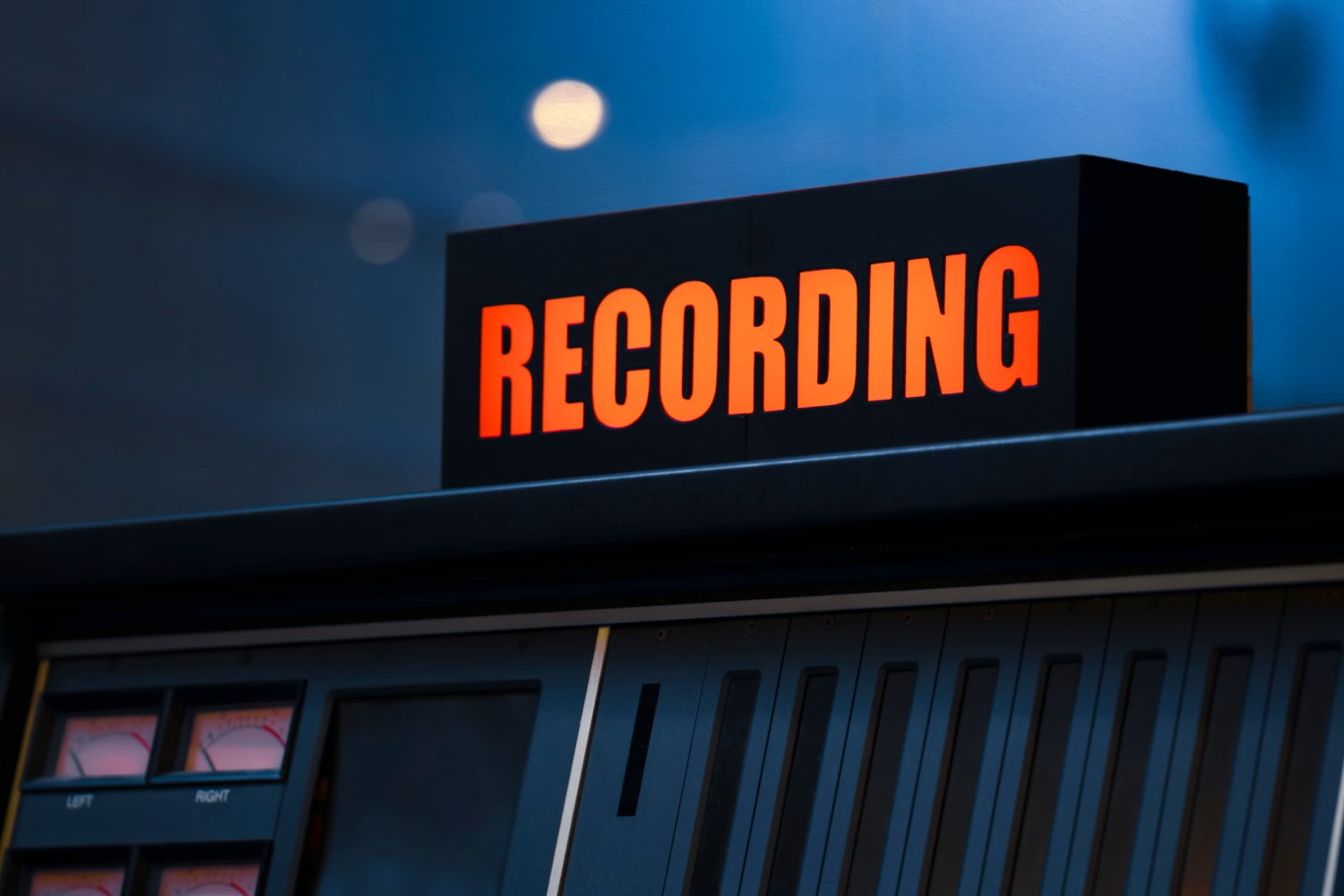Listen to “The History of Podcasting,” the First of a Three-Part Audio Series

Share this story
In the first of a three-part podcast series, Peter Kosmal, Senior Audio Manager at Imagination, chronicles the history of podcasts and notes the resilience of audio over the past century.
Maybe you’re drawn to the twists and turns of Serial, the human interest stories of This American Life, or the news download offered by The Daily, but no matter what’s percolating through your AirPods, podcasts have your ear.
And you’re not alone. More than 150 million Americans have listened to a podcast, which accounts for 37% of the entire U.S. population. In fact, more than 885,000 podcasts were started in 2020 alone, according to Chartable.com.
With streaming services like Netflix and HBO Max demanding attention and VR headsets like the Oculus Quest 2 becoming more affordable every year, how are podcasts continuing to see such an uptick in creation, distribution and listenership year over year? How did we get here?
For that answer, take a trip with us back in time to the genesis of audio entertainment, and let’s walk through the history of podcasts.
The Dawn of Audio Content
In the 1890s, Guglielmo Marconi invented the first long-distance wireless telegraph—what we now call the radio. He sent the first transatlantic radio signal in 1901, but the use of the radio wasn’t widespread for a couple more decades.
By 1930, 60% of American households had a radio. Radio was the only broadcast medium in town, so every night American families who owned a radio would tune in to their favorite programs. Among the most popular broadcasts were musical shows featuring big band and jazz groups, comedy shows featuring the likes of Abbott and Costello and Bob Hope, radio plays, children’s shows, and serialized shows like the Lone Ranger and Perry Mason.
Radio had Americans in its grip.
“Listening to these shows required attention, yes, but they also forced their audiences to visualize the stories in their minds,” says Peter Kosmal, Senior Audio Manager at Imagination. “Each family member might have a completely different interpretation of what their favorite radio hero looked like.”
The Public Tunes Radio Out and Turns on the TV
Fast-forward to the mid-1940s: Television enters the scene as a brand-new broadcast medium. The TV created a seismic shift in the entertainment industry that’s still felt today, even in the age of streaming. To adapt, many popular radio shows were repurposed as TV shows. Gone were the days conjuring your own images of beloved radio heroes; each character was now cast by a studio and presented to every viewer in the same way.
“Radio slowly lost its audience, and audio-only story experiences were sidelined as radio became mainly a way to listen to music, talk shows and sports broadcasts,” Kosmal said. “The Buggles memorialized the death of the medium in their 1979 song, ‘Video Killed the Radio Star.’”
The golden age of audio storytelling was over.
The Triumphant Return of Audio Content
Of course, the story doesn’t end there. In 2001, the iPod burst onto the scene.
“While the iPod certainly wasn’t the first digital audio player ever created, it’s hard to understate the popularity and effect the device had on the way we consume audio,” Kosmal said. “For the first time ever, audio became truly portable.”
Whether walking the dog or washing the dishes, digital audio could come with you and enhance your experience. Never could you store so much audio on a single device. Then, in 2007, the first iPhone was released. With the internet readily available around much of the world, digital audio could be downloaded and played seamlessly, almost anywhere.
Just a few years earlier, Ben Hammersley, multimedia reporter at the Guardian, coined the word “podcasting” in a 2004 article. In the piece, he referenced how easy it was for people to receive audio via their iPod, and how easy it was to create audio with relatively inexpensive audio-creation software. In June 2005, Apple’s iTunes 4.9 added formal support for podcasts, and within a year, the format took off.
By 2013, 7% of the U.S. population was listening to a podcast per week. That number had increased to 37% by 2021, according to Edison Research. With recording equipment and online meeting services such as Zoom becoming commonplace during the COVID pandemic, it’s no surprise that podcast creation and consumption significantly ramped up as people spent more time at home. Chartable.com reports there are now 1.2 billion downloads each month from 13,000 podcasts.
The Resilience of Audio Content
Today, even as visual mediums are becoming more immersive, audio content continues to capture Americans’ attention. Kosmal chalks this up to four main reasons:
- Podcasts are exceptionally easy to consume. Just about any activity these days can be supplemented with an audio experience. Not only are podcasts easily accessible, but they also require less internet bandwidth than video and little to no interaction (unlike VR technology).
- Podcasts are cheap to create. Anyone with a computer and an internet connection can create and distribute a podcast, and the pandemic only accelerated the popularity of podcasting. When employees left the office to work from home, many employers sent them home with laptops, microphones and video conferencing equipment. It’s no surprise that more people tried their hand at audio content during the lockdowns.
- Podcasts stimulate the imagination. Unlike a visual medium like TV, audio encourages listeners to visualize what they’re hearing. There are studies that tout the importance of imagination as a catalyst for innovation or as a way to enhance empathy.
- Podcasts can be about anything. There are numerous opportunities for all sorts of businesses and personalities to enter the growing podcasting space. Even topics as niche as woodworking, wealth management, or open-source software can be turned into an exciting audio journey.
Audio is easy to digest, easy to create, and it allows you to explore any topic—so what’s stopping you from creating your own podcast? Kosmal will explore how to do just that in future episodes of Listen Up: A Podcast Primer.



